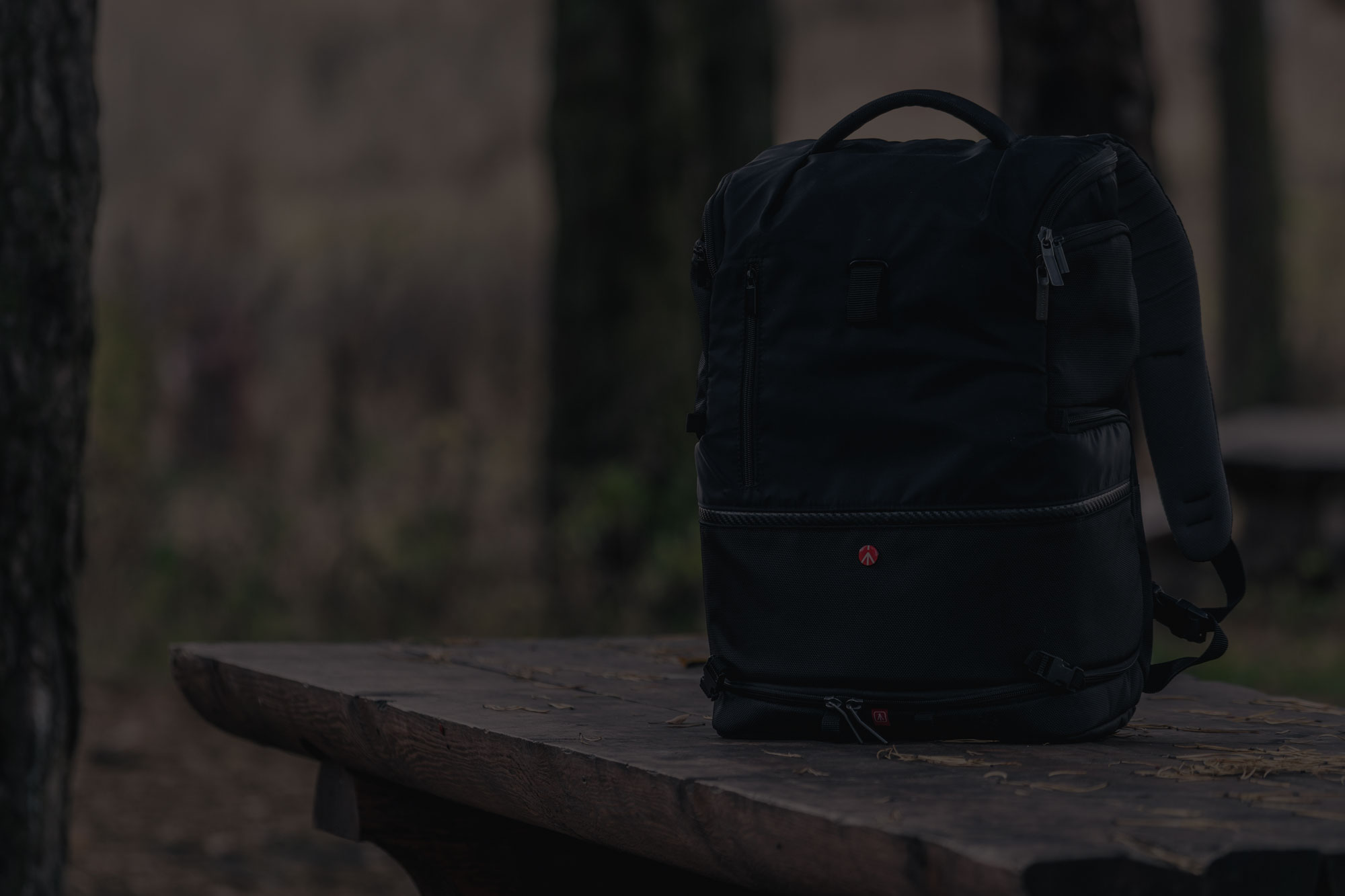Natural disasters, emergencies, riots, wars, and many other things can wreak havoc on even the most civilized area. Relief usually comes but sometimes the first day or two is everyone for themselves. Many religions and even our own government suggest that families and individuals should be self-reliant for at least 3 days following such an occurrence.
Should you create your own 72-hour kit or purchase a RTG (ready-to-go) kit? Premade kits are easy and come with all the necessities, whereas packing your own will require a proper list, shopping around for the best and most dependable items, etc. and then packing them in whatever container/bag you decide to best best.
First things first
You need to decide whether you want a stationary emergency preparation supply or the mobile backpack version commonly referred to as a bug-out bag. The first may be a storage you keep in your basement, under your stairs, etc. The second and third could also be stored in your house somewhere or car, office, etc. We recommend having three or more sets after all, it’s better to be prepared than scared!
If an emergency or natural disaster occurs in which you can stay in the comfort of your own home your stationary supply is already done and ready. If you need to flee your abode in the case of a tornado, earthquake, hurricane, etc. you will want to be able to grab your already packed bags and go. If any sort of disaster or calamity occurs while you are driving, having bug out bags in all your vehicles could literally save your life.
If something happens when you are at home and you can stay there then you have your stationary storage, the set(s) in your vehicles, as well as your regular bug out bags. Please consider that, if you live in an area that gets hot in the summer, food storage shelf-life decreases dramatically with additional heat that can build inside vehicles and trunks.
Make preparations for your whole family
Please don’t forget your children and pets! We feel silly adding this to the article but you MUST prepare for everyone you may be in charge of in such an event. The real question is should you prepare for just your immediate family or also cousins, friends, neighbors, etc.? In a perfect world everyone would pack their own 3 days worth of food, water and supplies for themselves but we all know that this is unlikely to ever happen. Would you be ready to turn down your unprepared friends and neighbors if you didn’t have enough for both them and you?
Packing and storing your 72 hour kit
You should keep all the items in your 72-hour kit in one place. Standard recommendations include storing your kits in a location that is approximately 60 degrees Fahrenheit year. It’s also a good idea to place them on a shelf or elsewhere where the likelihood of them resting in water is small.
All 72-hour kits have shelf-lives
An often overlooked variable in a 72-hr kit is its shelf-life. You always hear about food and water storage having shelf-lives. based on their manufacturing processes, temperature and humidity of your storage location, medication expiration dates, first aid supply deterioration. Some of the popular items found to ready-made kits contain items that only have a 5 year shelf-life such as many calorie-dense 2,400 calorie bars, water packs, etc. Keeping proper tabs on such shelf-lives is very important and items should be rotated as necessary to ensure proper use.
Prevent contamination from bugs and rodents
Even the best supplies and longest shelf-life products can be ruined in an instant. Bugs and mice are especially pesky when it comes to food storage. Many dry packed and freeze dried items come in mylar packages stored inside durable plastic buckets but some come in cardboard boxes that are not so impervious to rodents, bugs, pets, etc. We highly recommend that you place all of your items in 5 gallon buckets with strong lids to prevent such exposure and contamination.
72 hour kit checklist
The following are the basic items that we’d recommend to keep in your 72-hour kits:
- Food
- Water
- First aid kit
- Rain ponchos
- Blankets
- Tent
- Swiss army knife or multi-function tool
- Flashlight
- Safety goggles
- Safety gloves
- Dust masks
- Pocket tissues
- Work gloves
- Loud whistle
- Lightsticks
- Duct tape
Whether you decide to pack your own or purchase a pre-made kit you need to make sure that it contains all the necessities and you might as well pack some comfort items if you have room. Such items would include:
- Acetaminophen
- Chapstick
- Candy or other snacks
- Toothbrush
- Toothpaste
- Soap
You should also be prepared to grab any and all necessary medications including epipens.
Additional considerations
Make sure your bag is durable, comfortable, and contains all the things you will need. Many of the backpacks that come with the premade kits are made cheaply and people often review them as having really weak zippers. You may want to repack the items in a legitimate hiking backpack which would also allow for additional items or a better tent and more comfortable blankets as opposed the flimsy survival shelters and blankets. You will need to decide on whether or not that everyone should have their own bag or try to fit all the supplies into one pack. This is especially important if you have small children that would not be able to bear the weight of their own supplies.
We hope you enjoyed the article. Please leaves comments below and ask any questions you may have.


